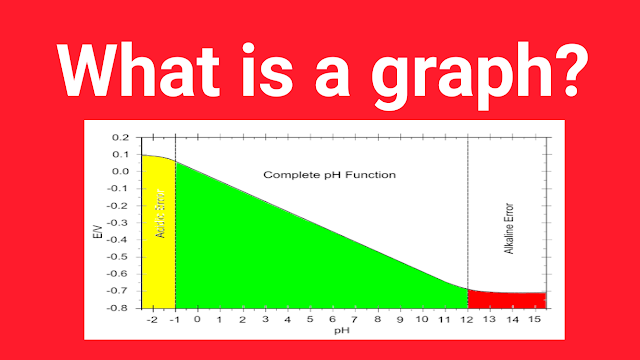What is a Graph?
As science students, we have to use the graph in various ways. The definition of the graph is given below; “The representation of the data in the pictorial form or in the form of a diagram is known as a graph. While drawing a graph, we have to organize the data in a well-organized manner. By drawing a graph, we have to show the relationship between two or more than two things.”
Parts of a graph
We have discussed the main parts of the graph.
1. X-Axis
The horizontal axis is the x-axis. We have divided it into two parts. First is the positive x-axis. On the positive x-axis, we can represent the numbers as (0, 1, 2…..). The second is the negative x-axis. On the negative x-axis, we can represent the numbers as (0, -1, -2….).
2. Y-Axis
The vertical axis is the x-axis. The y-axis is also divided into parts. First is known as the positive y-axis. On the positive y-axis, the numbers are represented as (0, 1, 2….). The second is known as the negative y-axis. On the negative y-axis, the numbers are represented as (0, -1, -2….).
3. The Origin
When we draw two lines of the graph (x-axis, y-axis) in such a way that they cross each other at a point, this point of intersection is known as the origin. The points of origin are (0,0). In order to represent the origin, we use the sign ‘O’. You may also like to read about Newton’s laws of motion.
Types of graphs
There are various types of graphs. We have discussed some important ones.
1. Line graph or line chart
A line graph or a line chart is also a curve chart. In order to draw a line graph, we have to represent the data as a series of points. This series of points are connected by the line segments. Usually, we can connect these line segments in the form of a straight line.
2. Bar graph
In the bars, we have to represent the data in the form of bars. In these bars, we have to categorize the data into different kinds of rectangular bars. There are two types of bar graphs. First is known as a vertical bar graph. In the vertical bar graph, we have to represent the data in the form of vertical rectangular bars. The second is known as a horizontal bar graph. In the horizontal bar graph, we have to represent the data in the horizontal rectangular bars.
3. Combo chart
The representation of the data in the form of both bars and lines is known as the combo chart. This kind of bar is used when we have to represent the data of different series. There is also a possibility that the units and scales of these series are also different from each other.
4. Pie charts
These kinds of graphs are very easy to manipulate and these kinds of graphs are also easy to read. With the help of pie charts, it is easy for us to represent the categorical data. In order to draw the pie graph, we have to draw a circle and after drawing this circle, we have to divide this circle into different segments or categories. The total value of this graph is 360. In order to plot a specific value on the pie graph, we have to assign a particular value out of 360. The sum of the values of all the things should be equal to 360.
5. Pictographs
A pictograph is also a pictogram. In order to draw a pictogram, we have to use diagrams and we have to compare these diagrams. Mostly, the media channels draw this kind of graph in order to get an idea about different trends. For example, if you want to prepare a graph of nurses on the pictograph, you will have to consider a tiny figure of a nurse. After considering it a nurse, we have to assign a specific number to this symbol.
6. Flowcharts
If you want to display the information in the schematic process, this representation of the information is a flowchart. Usually, businessmen draw this kind of graph. The businessmen draw this kind of graph in order to display all the stages of the project.
7. Doughnut charts
These are similar to the pie charts. In the doughnut charts, there is a cut in the central part. With the help of doughnut charts, it is easy for us to compare the values of different data groups. Due to the blank spaces in the doughnut charts, it is easy for us to present more information with the help of doughnut charts than pie charts.
8. Area charts
These kinds of charts are very similar to the line graphs. With the help of area charts, we have to display two different kinds of categories. It means that the area charts are also helpful for us to show the nature of the selected data. If we want to display a change between two different categories, area charts are also ideal for us.
9. Gauge chart
It is an advanced type of graph. In order to make it, we have to combine pie charts and doughnut charts. This kind of graphing technique is helpful for us to draw a single type of data and after drawing this graph, it is also easy for us to scale this data.
10. Spider chart
A spider chart is also a radar. With the help of a spider, it is easy for us to show qualitative data. After displaying this data on the graph, it is also easy for us to compare this data. For example, if you want to compare the different characteristics of three or more phones, a spider chart is the best choice for you.






